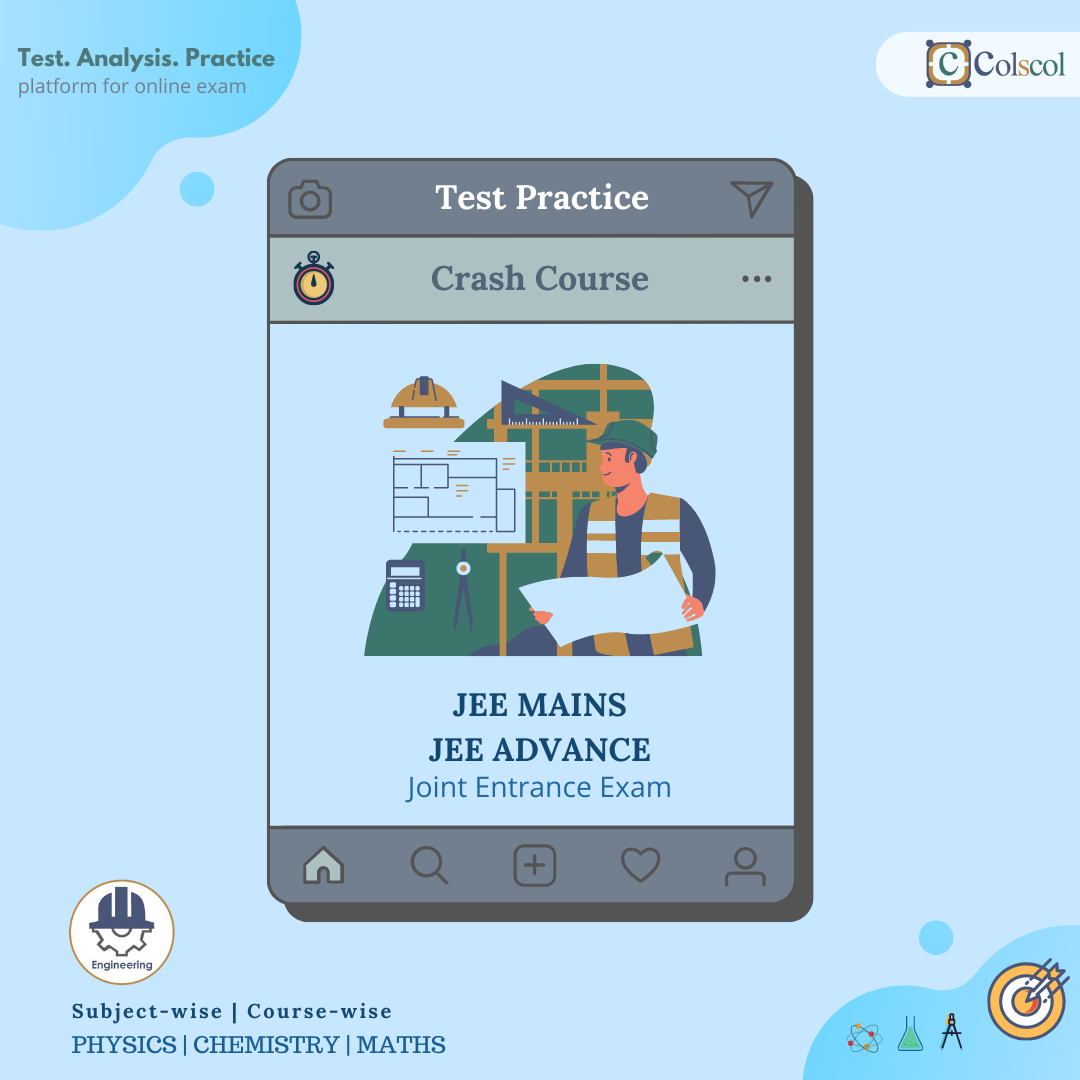CBSE syllabus always maintains a sta and If a student has trouble understanding a topic related to science, the student can go through questions and answers related to each topic covered in Class11 Biology.
Some of the topics Covered include :
TOPICS
- Living World
- Biological Classification
- Plant Kingdom
- Animal Kingdom
- Morphology of Flowering Plants
- Anatomy of Flowering Plants
- Structural Organisation in Animals
- Cell: The Unit of Life
- Biomolecules
- Cell Cycle And Cell Division
- Transport in Plants
- Mineral Nutrition
- Photosynthesis in Higher Plants
- Respiration in Plants
- Plant Growth and Development
- Digestion and Absorption
- Breathing and Exchange of Gases
- Body Fluids and Circulation
- Excretory Products and Elimination
- Locomotion and Movement
- Neural Control and Coordination
- Chemical Coordination and Integration
1.A. What is living
1.B. Diversity in the living world
1.C. Taxonomic categories
1.D. Taxonomical aids
2.B. Kingdom protista
2.C. Kingdom fungi
2.D. Kingdom Plantae and animalia
2.E. Viruses, viroids and lichens
3.B. Angiosperm
3.C. Plant life cycle and alternation of generation
4.B. Classification of animals: phylum porifera, coelenterata, ctenophora, platyhelminthes
4.C. Phylum aschelminthes, annelida, artheopoda, mollusca, echinodermata, hemichordata
4.D. Phylum-chordata
5.B. The leaf
5.C. The infloresence and the flower
5.D. The fruit
5.E. The seed
5.F. Semitechnical description of some flowering plants
5.G. Description of some important fmilies: Febaceae, solanaceae,Liliaceae
6.B. Anatomy of dicotyledonous and monocotyledonous plants
6.C. Secondary growth: Vascular cambium and cork cambium, secondary growth in roots
7.B. Muscle tissue, neural tissue
7.C. Earthworm
7.D. Cockroach
7.E. Frogs
8.B. Prokaryotic cells
8.C. Eukaryotic cells:cell membrane and cell wall
8.D. endomembrane system, endoplasmic reticulum, Golgi bodies, lysosomes, vacuoles
8.E. mitochondria, ribosomes, plastids, microbodies
8.F. cytoskeleton, cilia, flagella, centrioles (ultrastructure and function)
8.G. nucleus
9.B. Primary and secondary metabolites and bio macromolecules
9.C. Polysccharides
9.D. Nucliec acids and structure of proteins
9.E. Nature of bond linking monomers in a polymer
9.F. Dynamic state of body constituents- concept of metabolism
9.G. Metabolic basis for living and living state
9.H. Enzymes: chemical reaction, classification and nomenclature of enzymes and cofactors
9.I. Action and nature of enzyme, Factors affecting enzyme activity
10.B. M phase and significance of mitosis
10.C. Mieosis I
10.D. Meiosis II and Significance if Mieosis
11.B. Plant-water relation
11.C. Long distance transport of water
11.D. Transpiration
11.E. Uptake and transport of mineral nutrients
11.F. Metabolism of nitrogen
12.B. Essential mineral elements
12.C. Macronutrient and micronutrient
12.D. Mechanism of absorption of elements and translocation of solutes, Soil as reservoir of essential elements
12.E. Deficiency of nutrients
12.F. Metabolism of nitrogen
13.B. Where does photosynthesis take place
13.C. How many pigments are involved in photosynthesis and light reaction
13.D. Electron transport
13.E. Where are the ATP and NADPH used
13.F. The C4 pathway
13.G. Photorespiration
13.H. Factors affecting photosynthesis
14.B. Glycolysis
14.C. Fermentation
14.D. Aerobic respiration: Tricarboxylic acid cycle and electron transport system
14.E. The respiration balance sheet
14.F. Amphibolic pathway
14.G. Respiratory quotient
15.B. Differentiation, dedifferentiation and redifferentiation, Development
15.C. Plant growth regulators: characteristics and discovery of plant growth regulators
15.D. Physiological effects of plant growth regulators
15.E. Photoperiodism
15.F. Vernalisation
16.B. Digestive glands and digestion of food
16.C. Absorption of digested products
16.D. Disorders of digestive system
17.B. Mechanism of breathing
17.C. Exchange of gases
17.D. Transport of gases
17.E. Regulation of respiration and disorder of respiratory system
18.B. Coagulation of blood
18.C. Blood groups
18.D. Lymph
18.E. Circulatory pathways: human circulatory system
18.F. Cardiac cycle and ECG
18.G. Double circulation
18.F. Regulation of cardiac activity
18.G. Disorders of circulatory system
19.B. Urine formation
19.C. Function of tubules
19.D. Mechanism of concentration of filtrate
19.E. Regulation of kidney function
19.F. Micturition
19.G. Role of other organ in excretion
19.H. Disorders of the excretory system
19.I. DIalysis
20.B. Muscle
20.C. Structure of contractile protein and mechanism of contration
20.D. Skeletal system
20.E. Joints
20.F. Disorders of muscular and skeletal system
21.B. Neurons as structural and functional unit of neural system: generation and conduction of nerve impulse
21.C. Transmission of impulses
21.D. Central neural system
21.E. Reflex action and reflex arc
21.F. Sensory reception and processing: eye and ear
22.B. Human endocrine system: hypothalamus, pituitary gland, pineal gland, thyroid gland
22.C. Parathyroid gland, thymus, adrenal gland, pancreas, testis and ovary
22.D. Role of hormones as messengers and regulators
22.E. Hormones of heart kidney and Gastrointestinal tract
22.F. Mechanism of hormone action
22.G. Disorders of endocrine glands



